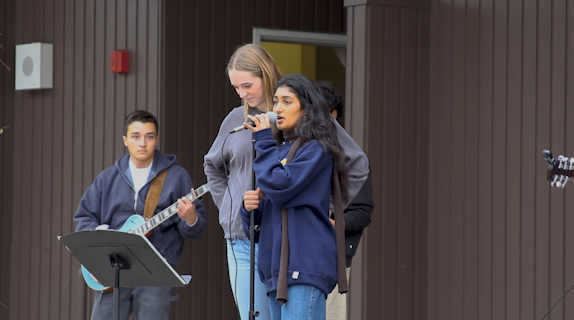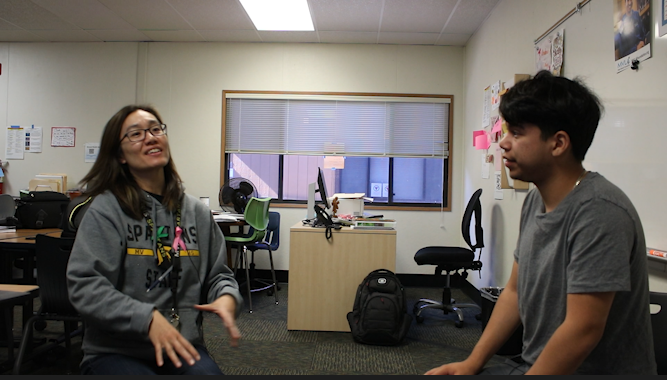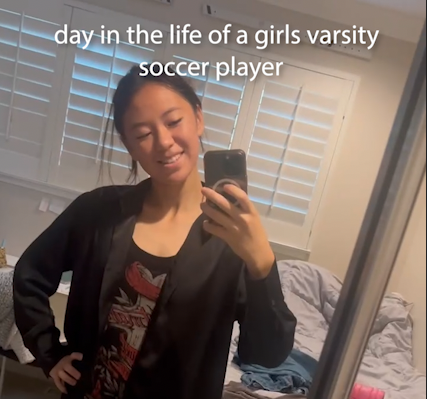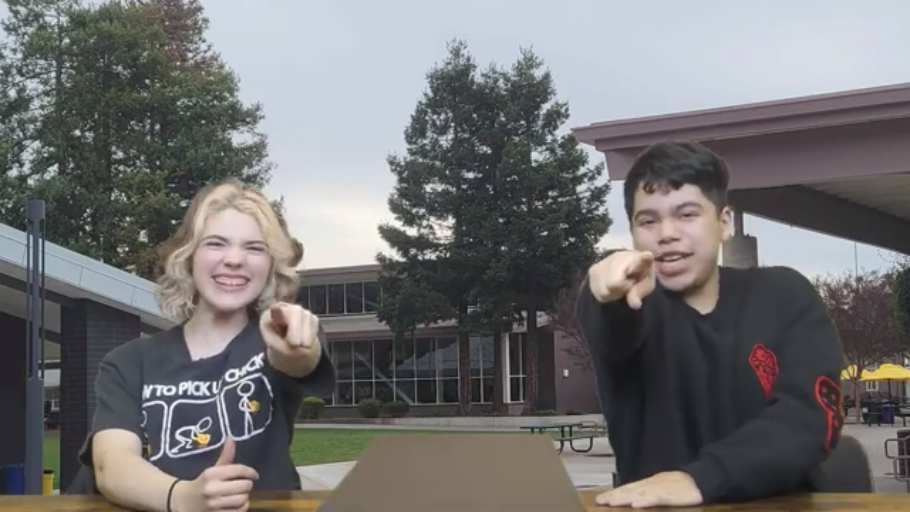Upon reflecting on my time at Mountain View High School, there are very few things I regret. I’ve grown as a person, made new friends, and learned a lot. However, as the first child in my family to go through the college application process, there were definitely times where I felt lost, overwhelmed, and confused. Below is a list of suggestions (in a timeline format) I’ve compiled for current non-seniors who are planning on applying to a four year college. I wish all the underclassmen good luck, and I hope that they can benefit from what I’ve learned.
What to do during the..Summer before Junior year: Start your SAT/ACT preparation. Take a class or buy an SAT book and get the feel for the time constraints and types of problems. The more full-length practice tests you take, the easier it will be.
Winter/Early Spring Junior year: Take the SAT/ACT so you have time to take it again potentially.
Junior Year: Start researching colleges. Naviance will quickly become your best friend; it’s a very helpful tool. Consider size, location, private vs public, cost, religious affiliation, etc. Most importantly, start to think about potential majors you’d like to pursue and look for colleges with those programs. If you have no idea what career you’re interested in, make sure to apply to schools with a wide variety of majors. Take this time to also consider other options, like gap year programs or internships. Remember that if you don’t want to take a conventional path, you don’t have to.
Junior Year Breaks (Winter/Spring/Ski Week): Visit colleges if you can afford to do so. Being on a school’s campus gives you more of a sense of what the school is actually like – even if you go to a school and don’t like it, you’ll understand why (Was it too big? Too far away from the city? Too much of a party school?). Visiting schools also opens the door to applying Early Decision — when you apply ED you enter a binding agreement that says you will attend that school if you get in. You also hear back much earlier when you apply ED — mid-December vs. mid-March for Regular Decision.
End of Junior year: Have your list of colleges/post-graduation plans finalized. Make sure you have a mix of safety schools, target schools, and reach schools. Be realistic as to where you think you can get in.
Summer before Senior year: If you’re applying to UC’s, write the essays over the summer. If you’re applying to schools on the Common App (most private schools), write the Common App essay. All of these prompts are always online and totally accessible. Make sure these main essays are solid so you don’t have to stress about them during your senior year. Your essays are super important; don’t blow them off. If you are able to express yourself eloquently, colleges will appreciate that. Additionally, don’t write about what you think will impress admissions officers — write about things you are truly passionate about.
Beginning of Senior year: Make sure you know when all the deadlines are for the schools to which you are applying. Copy and paste every supplemental essay prompt you have to write onto a Google Doc. Work through these one by one throughout the first few months of senior year. Once you submit an application, delete it from the doc — it’s super satisfying. You don’t need to hire an expensive college advisor if you don’t want to, but sometimes having a professional tell you that you’re on the right track can offer some peace of mind. Otherwise, have your parents, teachers, or friends edit your essays; make sure a pair of eyes other than yours sees your writing.
Fall/Winter of Senior year: Look into scholarships if you need to. Even if you think your parents have you totally covered, a few thousand extra dollars never hurts. You can keep applying to scholarships throughout senior year, and you can find them on Naviance and online elsewhere.
Spring of Senior year: Hear back from colleges! Weigh the pros and cons of each school and make a decision that makes the most sense for you.
































